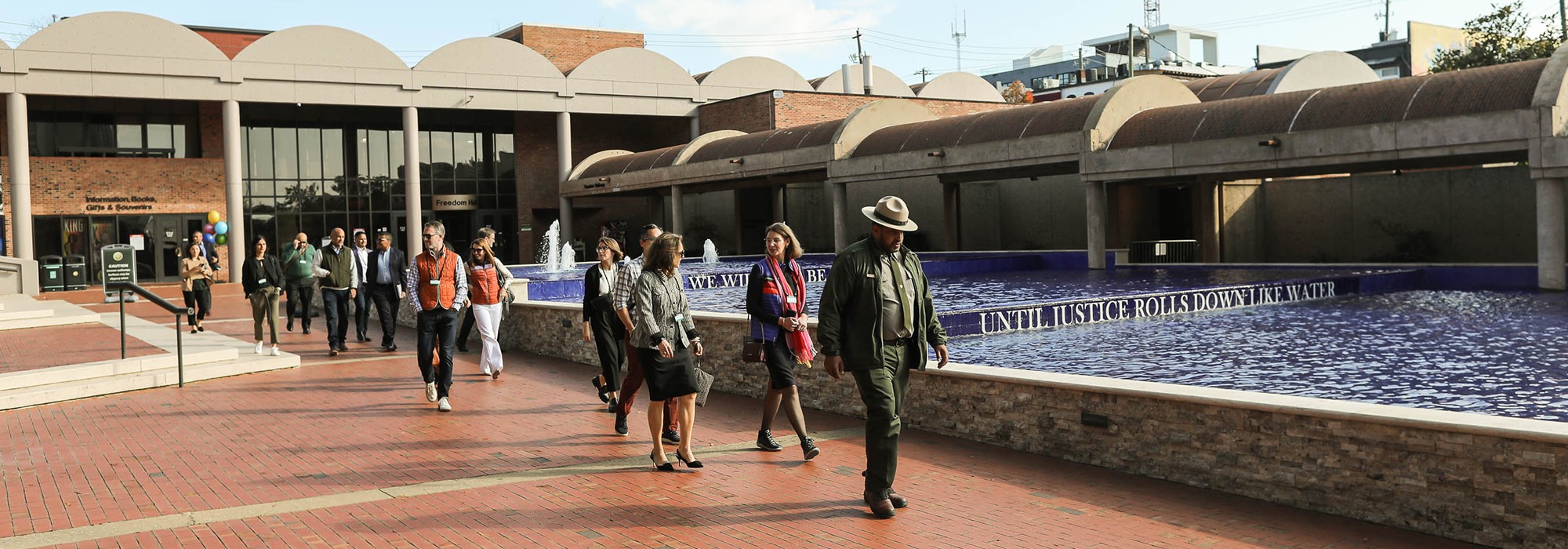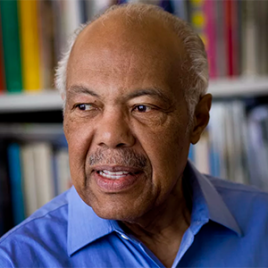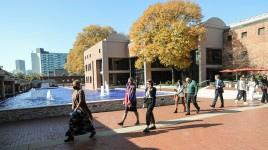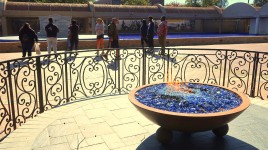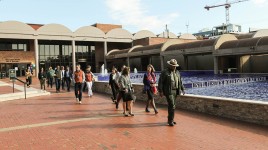Pioneer Information
Born in Louisville, Kentucky, Bond received an A.B. degree from Harvard College in 1955 and a M. Arch. degree from Harvard’s Graduate School of Design in 1958. He worked briefly in the Los Angeles office of architect Paul Williams before apprenticing under André Wogenscky at Le Corbusier’s studio in France on a Fulbright Scholarship. Returning to the United States in 1961, he worked at Gruzen & Partners, and Pederson & Tilney. He lived and worked in Africa from 1964 to 1967, engaged by the Ghana National Construction Company. Upon his return to New York, he served as executive director of the Architect’s Renewal Committee in Harlem (ARCH).
In 1968 Bond began teaching at Columbia Graduate School of Architecture. He remained involved in higher education for the next 24 years, serving as the chairman of Columbia’s architecture division from 1980 to 1984 and as dean of the School of Architecture and Environmental Studies at City College (now The Bernard and Anne Spitzer School of Architecture) from 1985 to 1992.
In 1970 he partnered with architect Donald Ryder, establishing the firm Bond Ryder & Associates. Bond designed the Martin Luther King, Jr. Center for Nonviolent Social Change (1982) located within Martin Luther King, Jr. National Historical Park in Atanta, Georgia; and the Birmingham Civil Rights Institute in Alabama (1992). He oversaw notable projects throughout New York City, including the Schomburg Center for Research in Black Culture (1981) and The Studio Museum in Harlem (1982). He additionally served on the New York City Planning Commission from 1980 to 1986. The firm was renamed in 1983 and merged with Davis Brody Associates in 1990, becoming Davis Brody Bond in 1994.
At his death at the age of 73, Bond was the partner in charge of the museum component of the National September 11 Memorial and Museum in New York City. In 2012 the City College of New York’s J. Max Bond Center for Urban Futures was founded.



